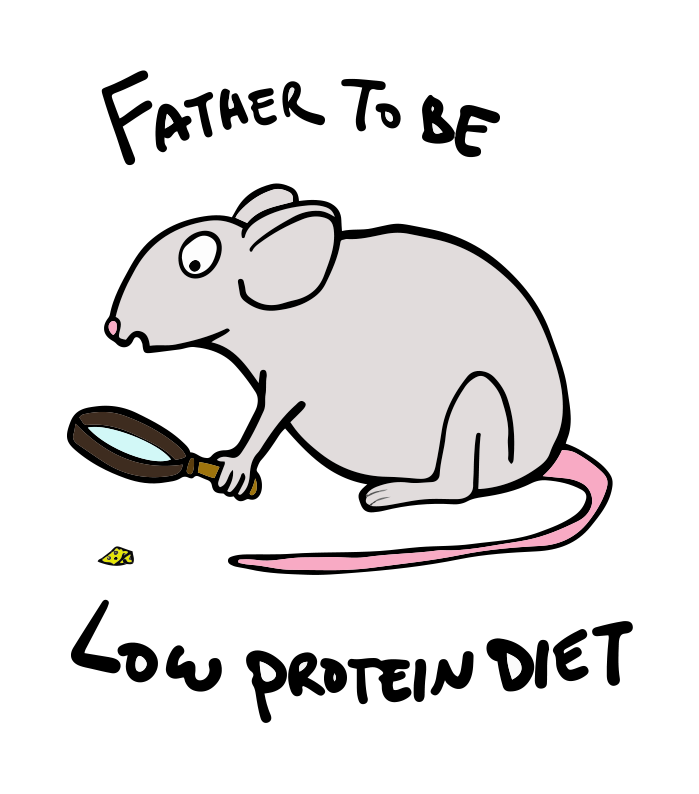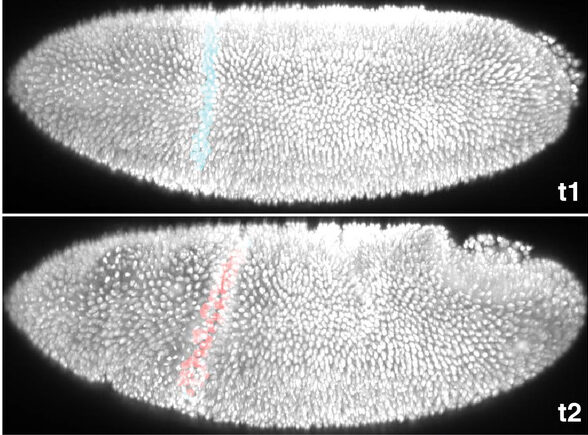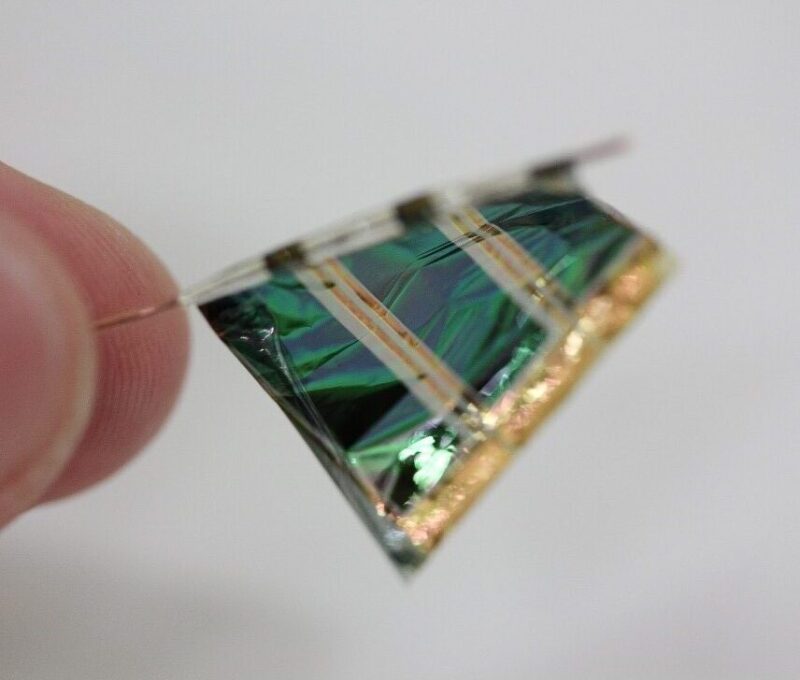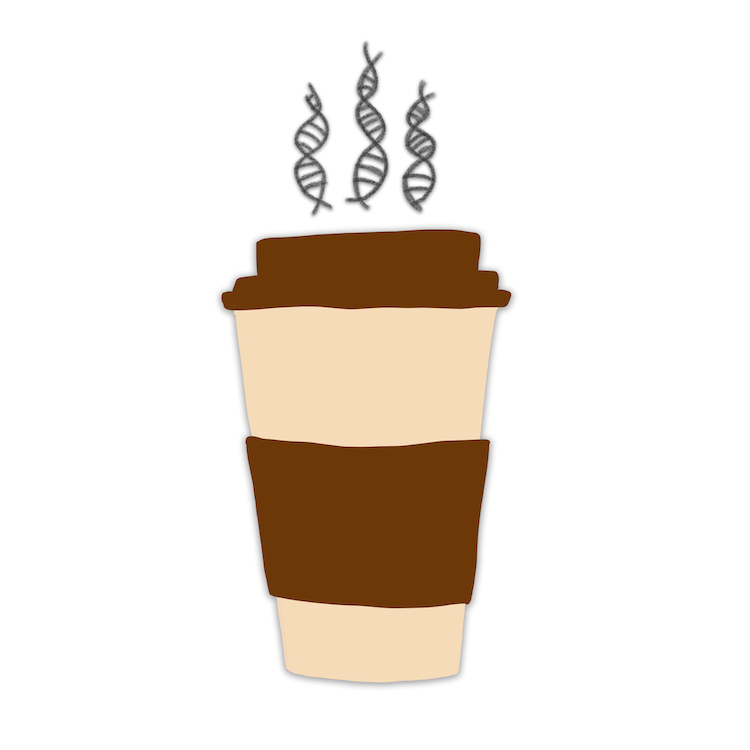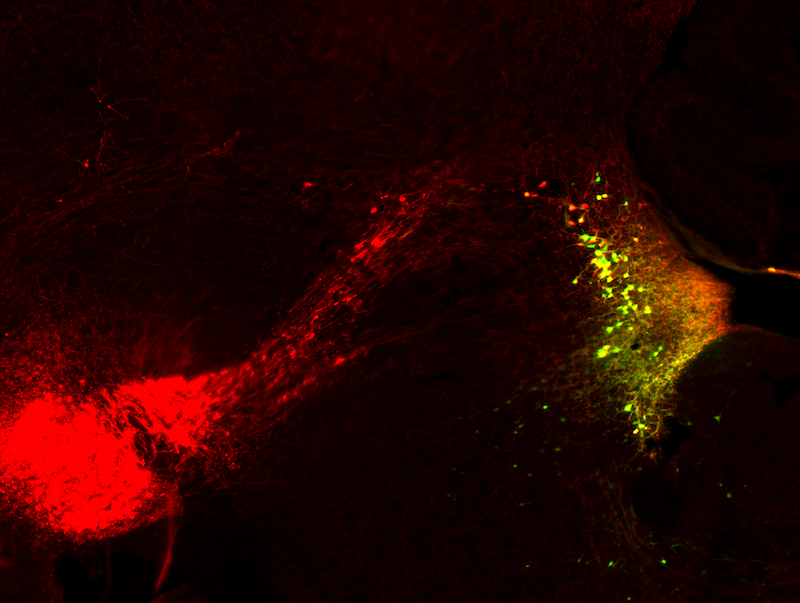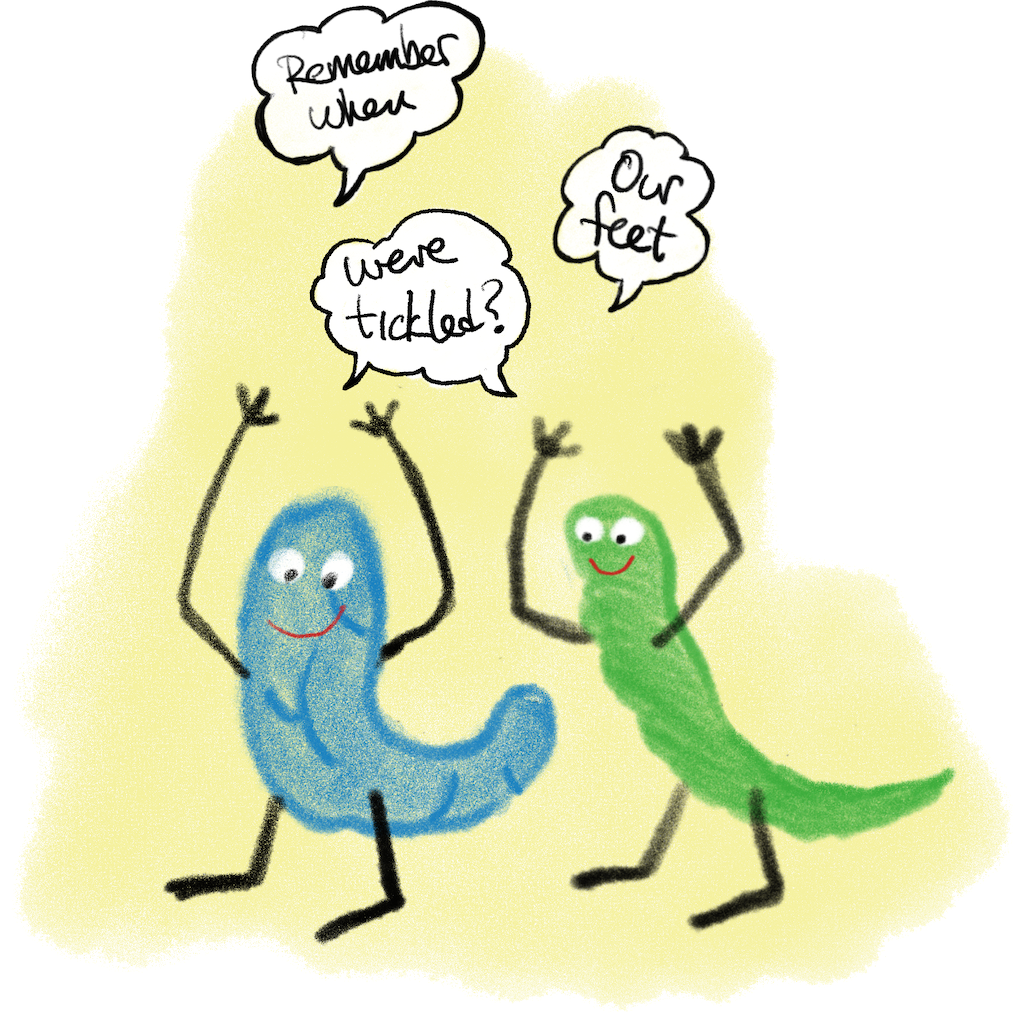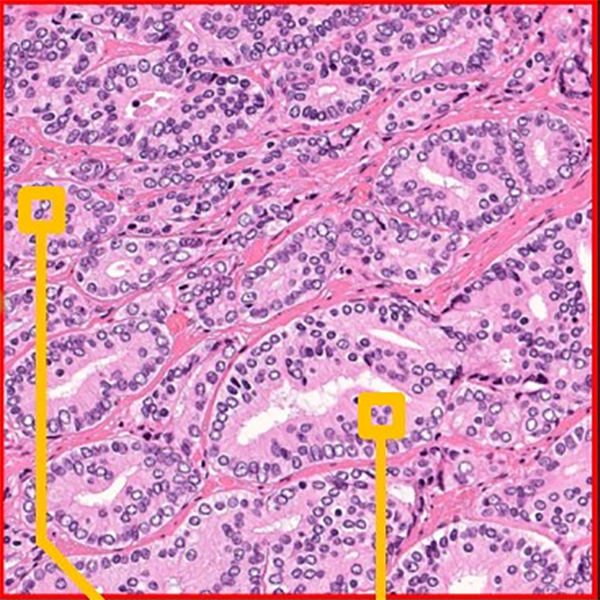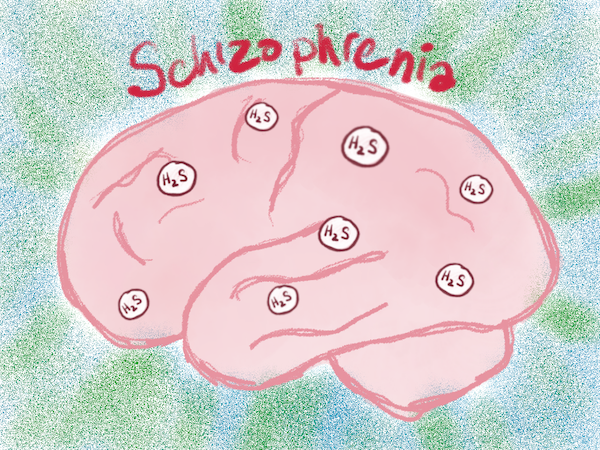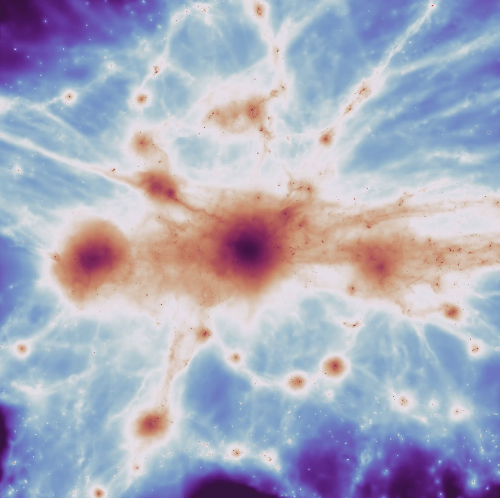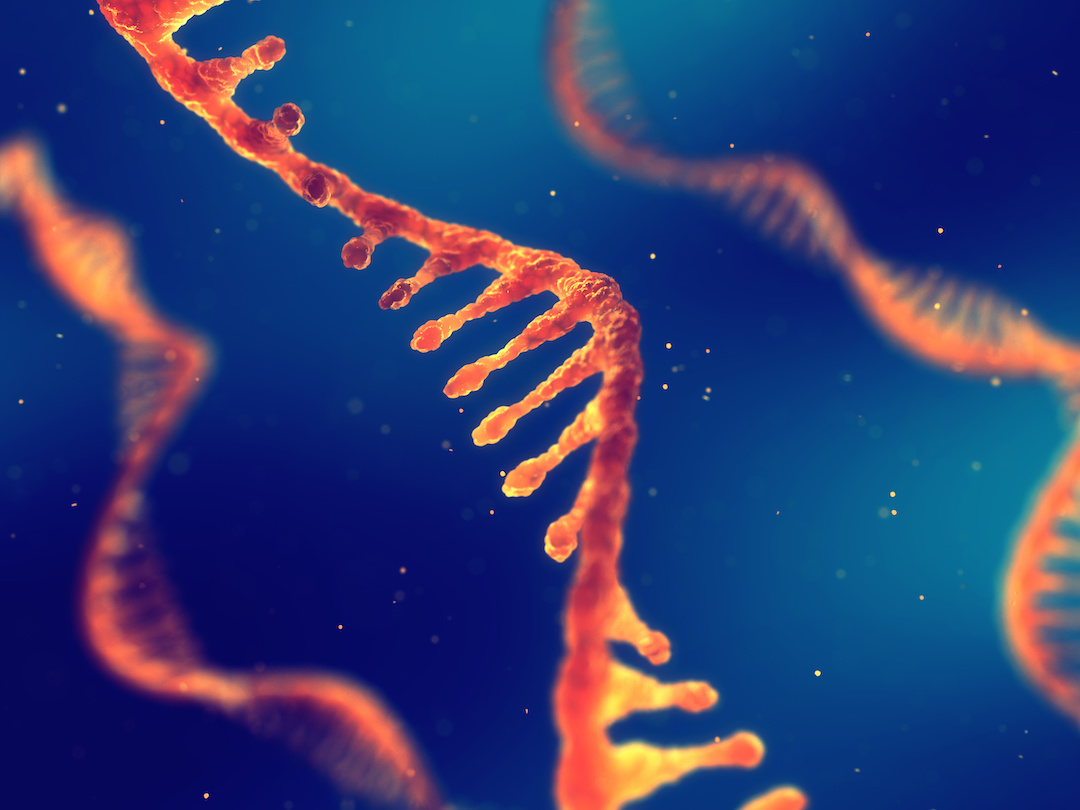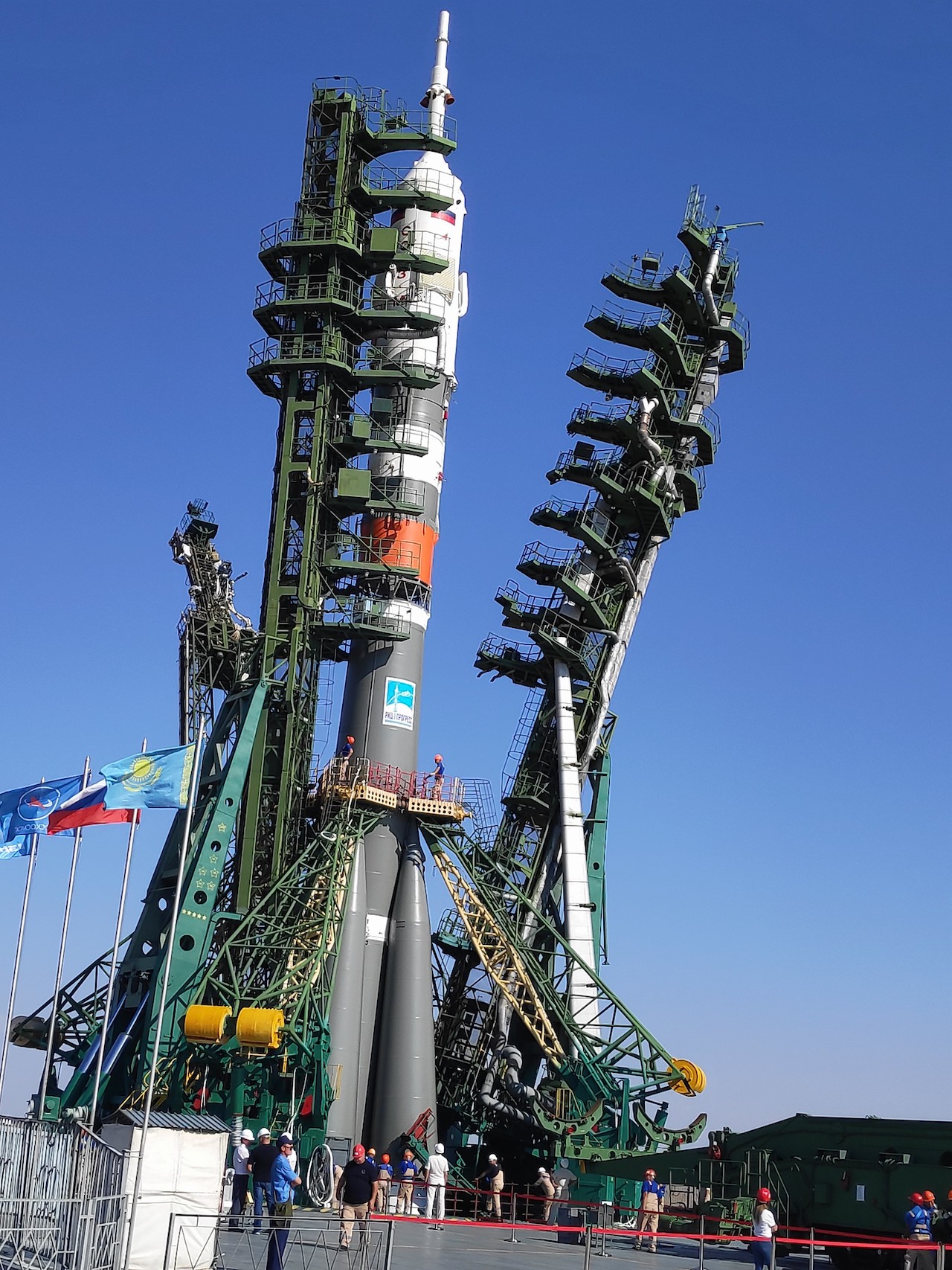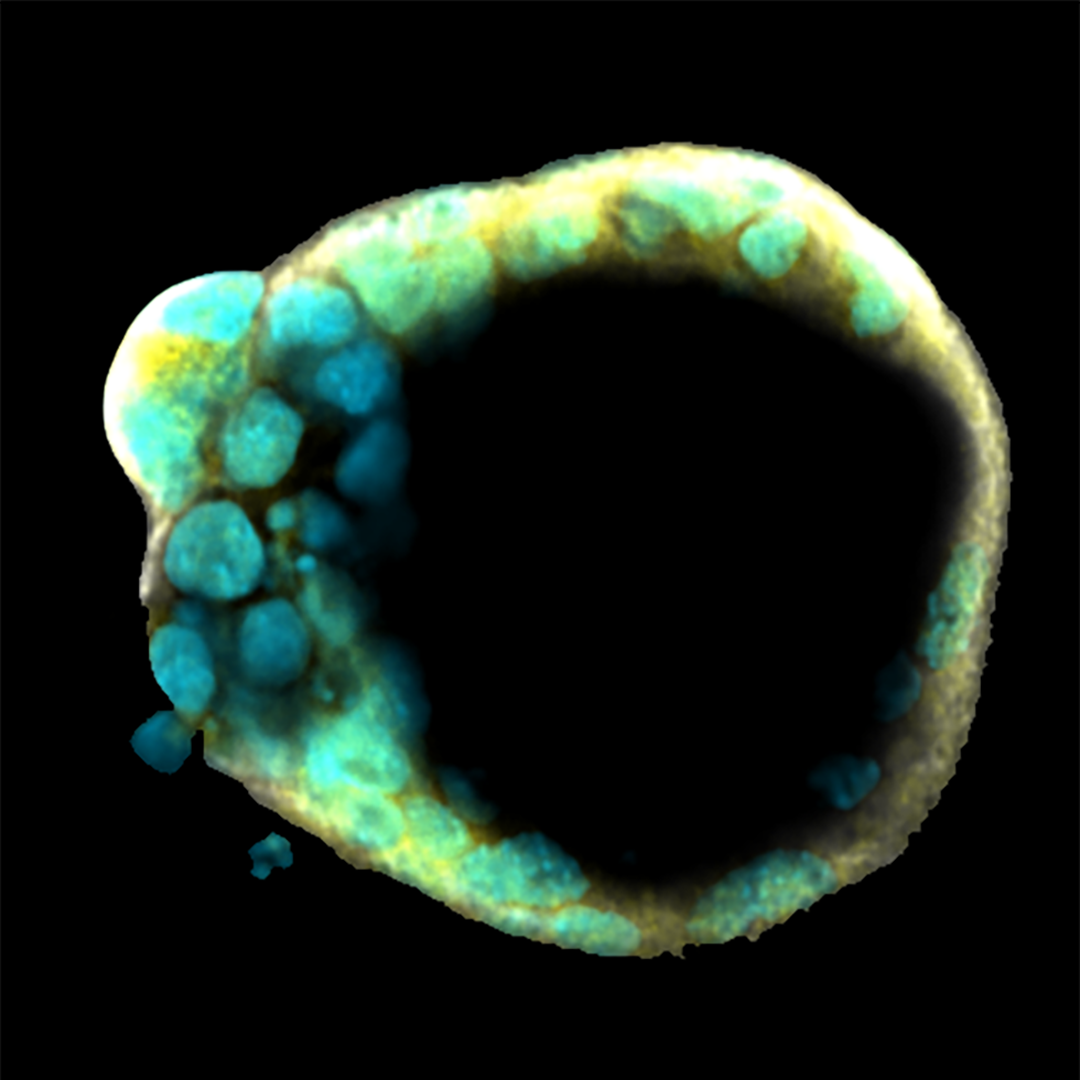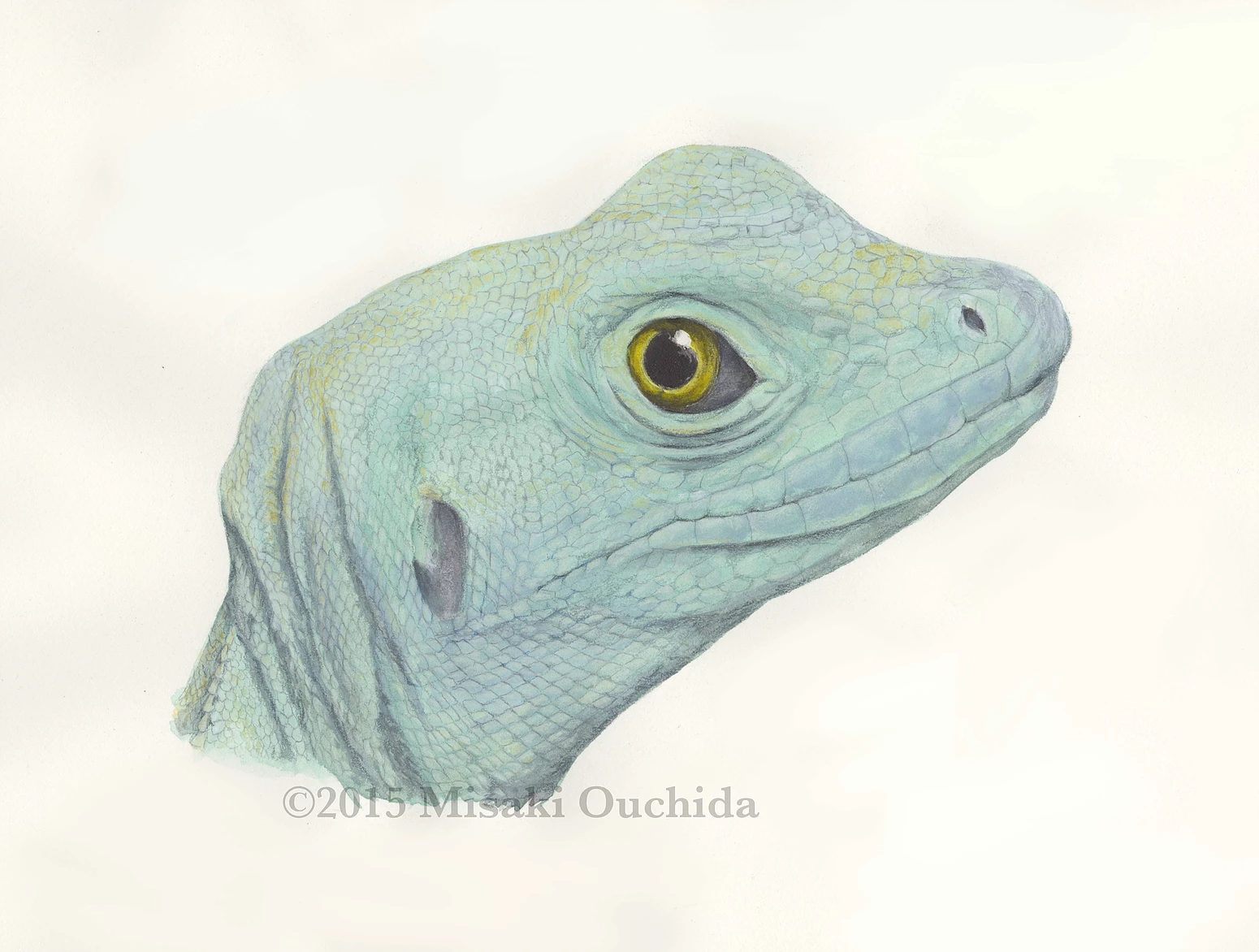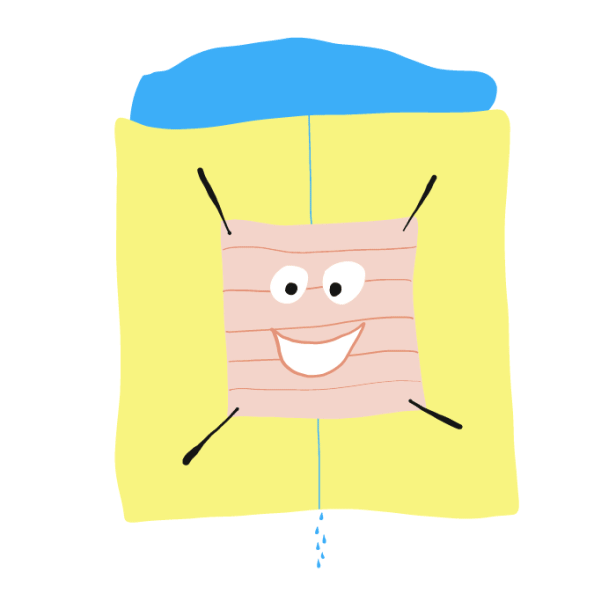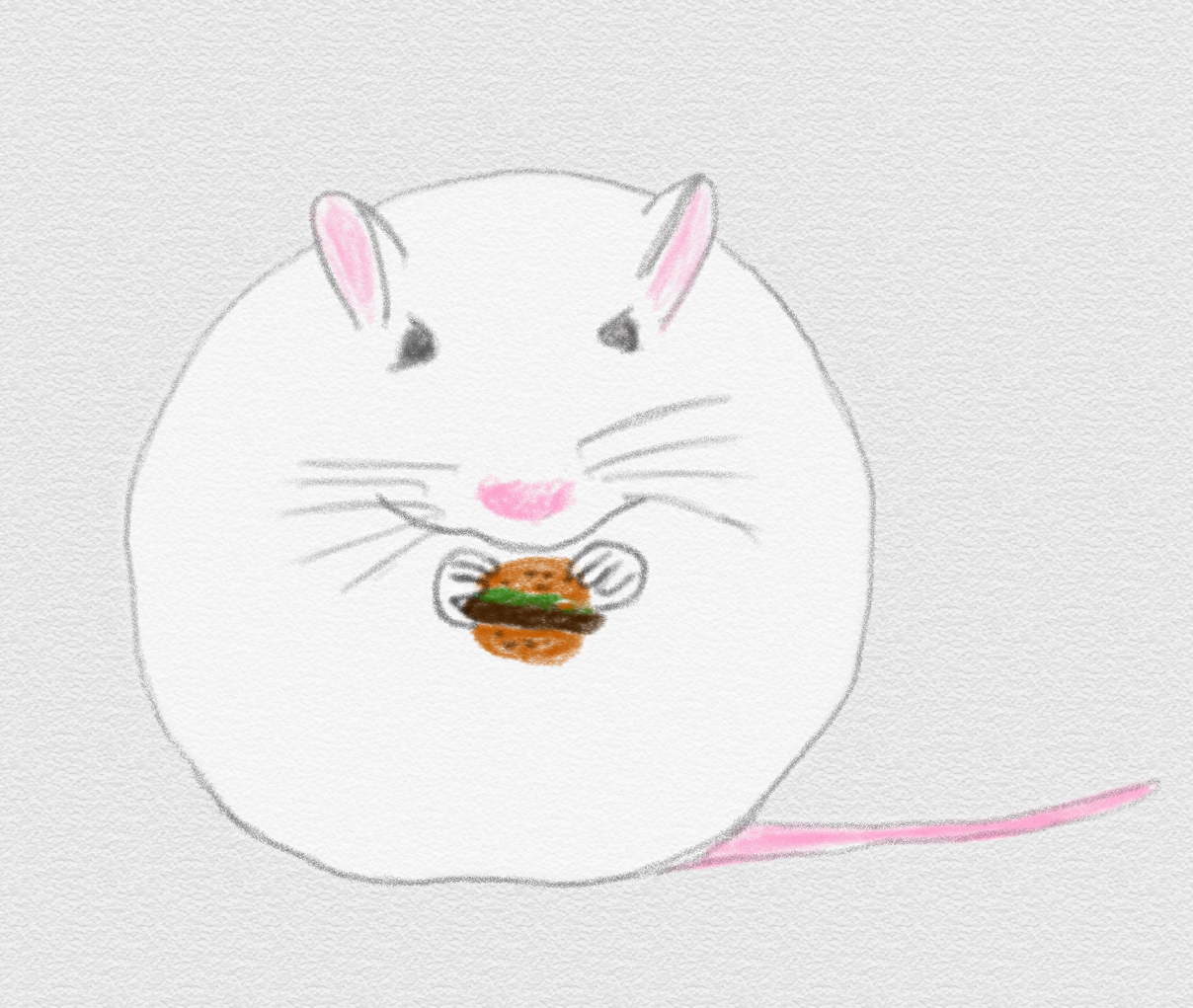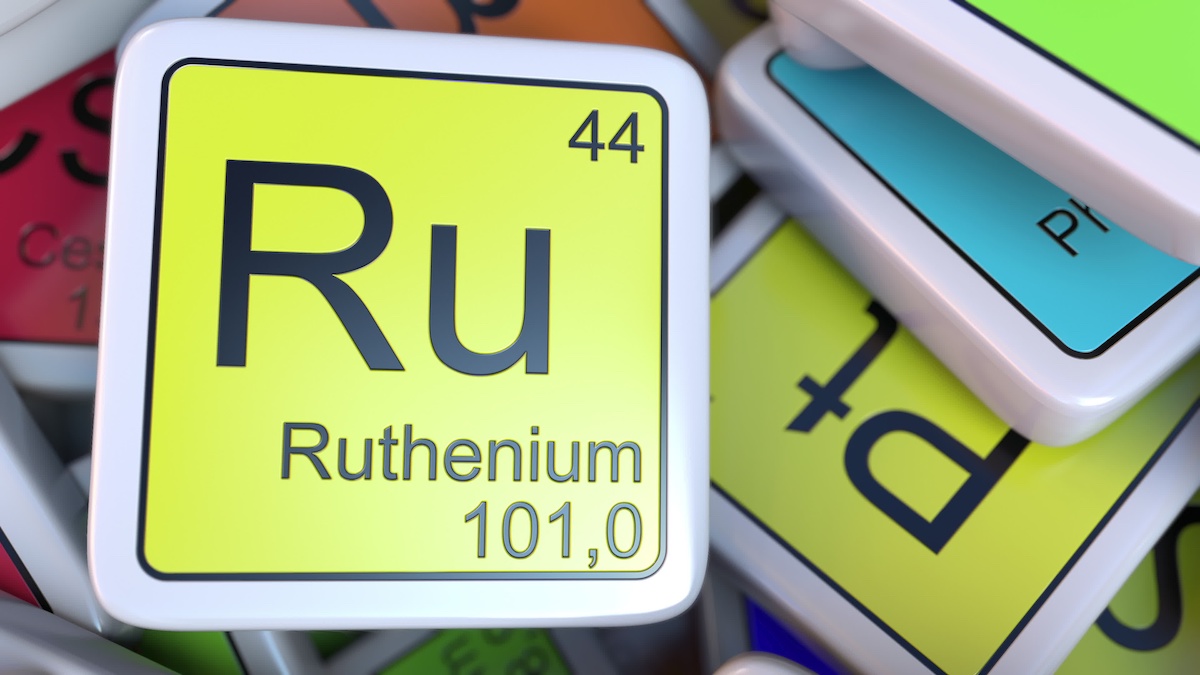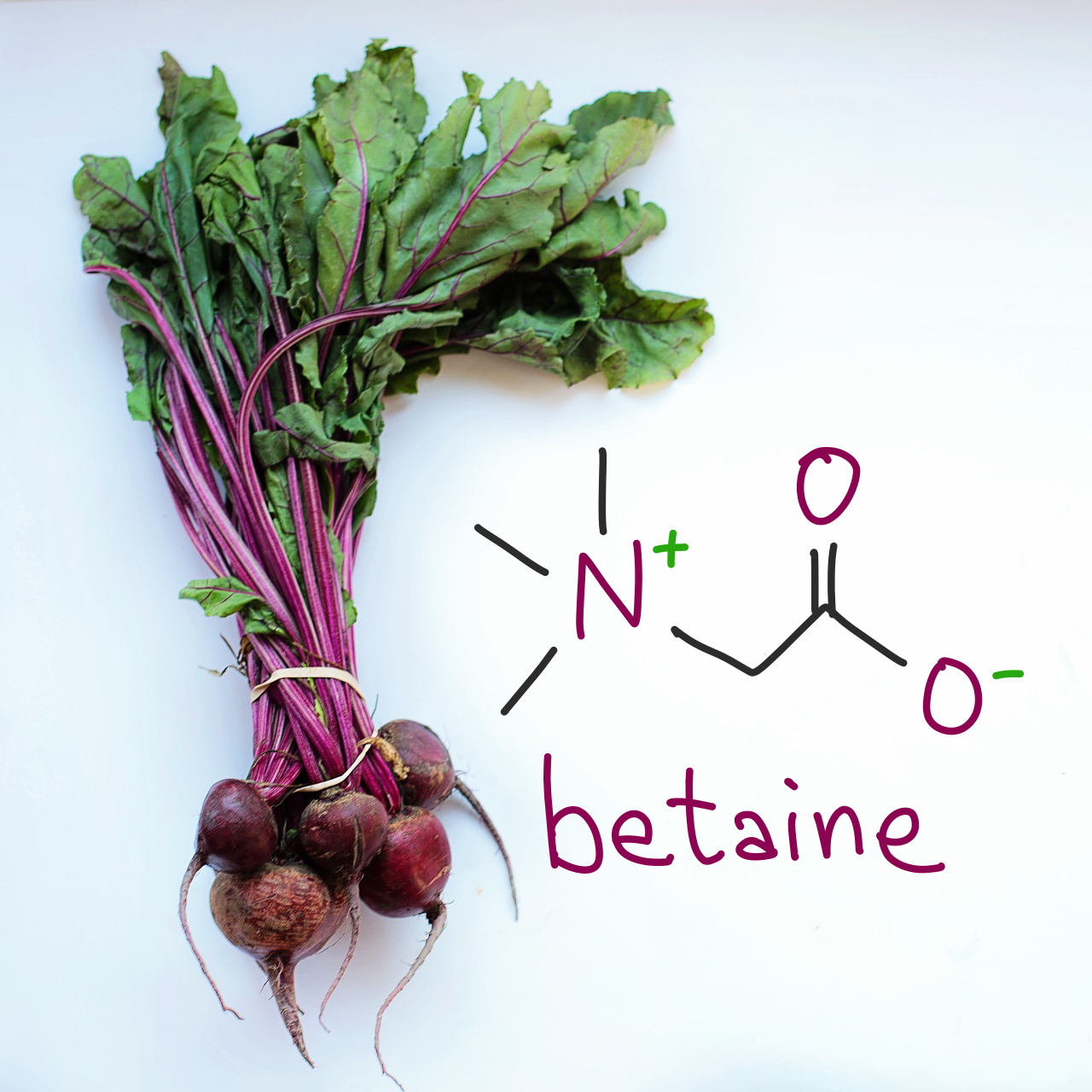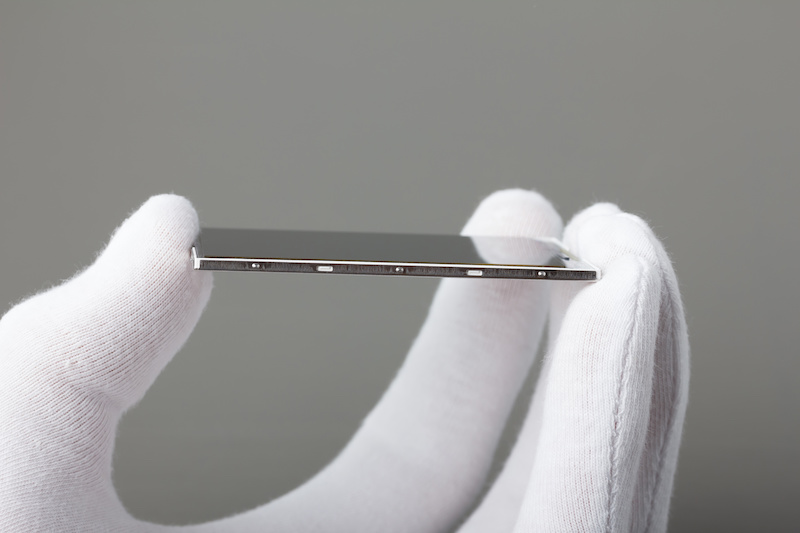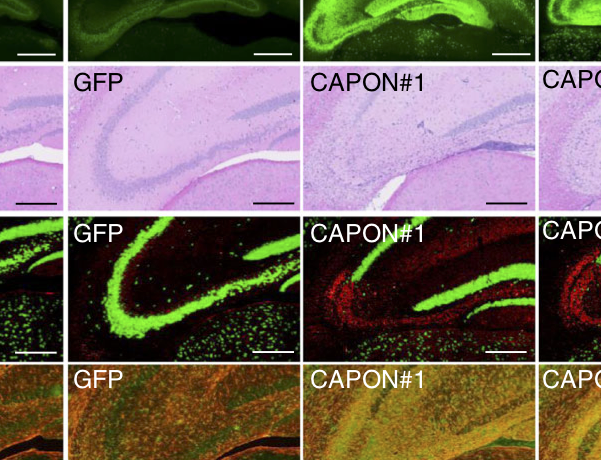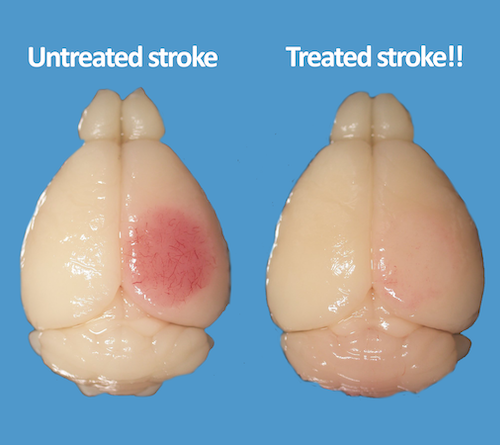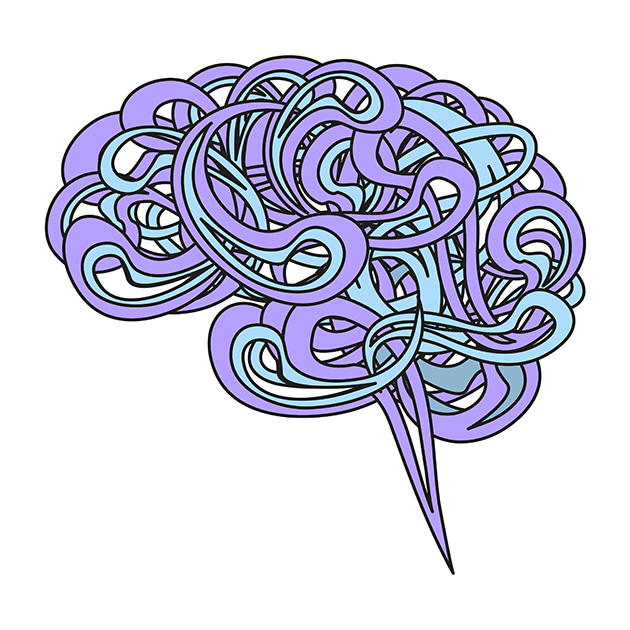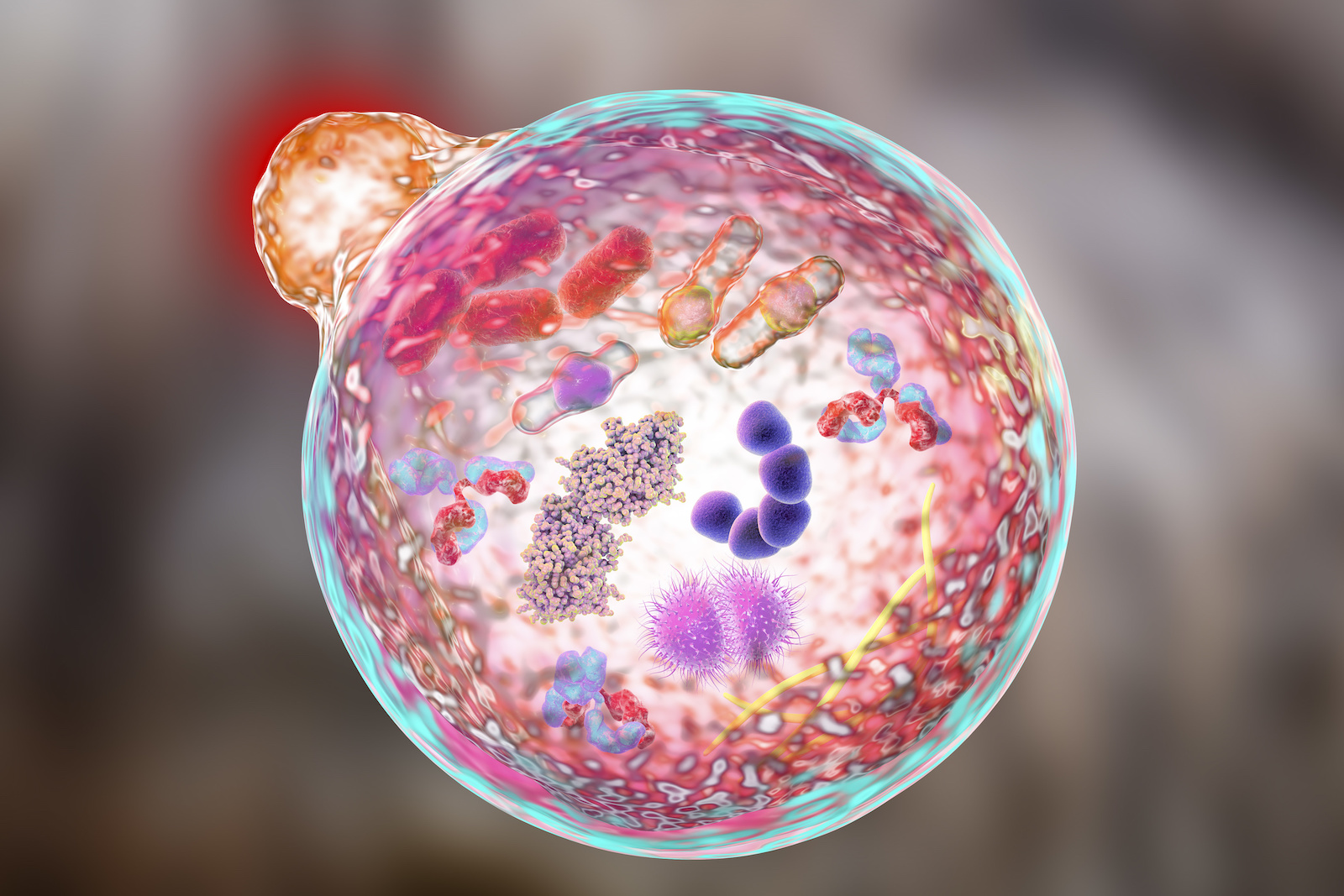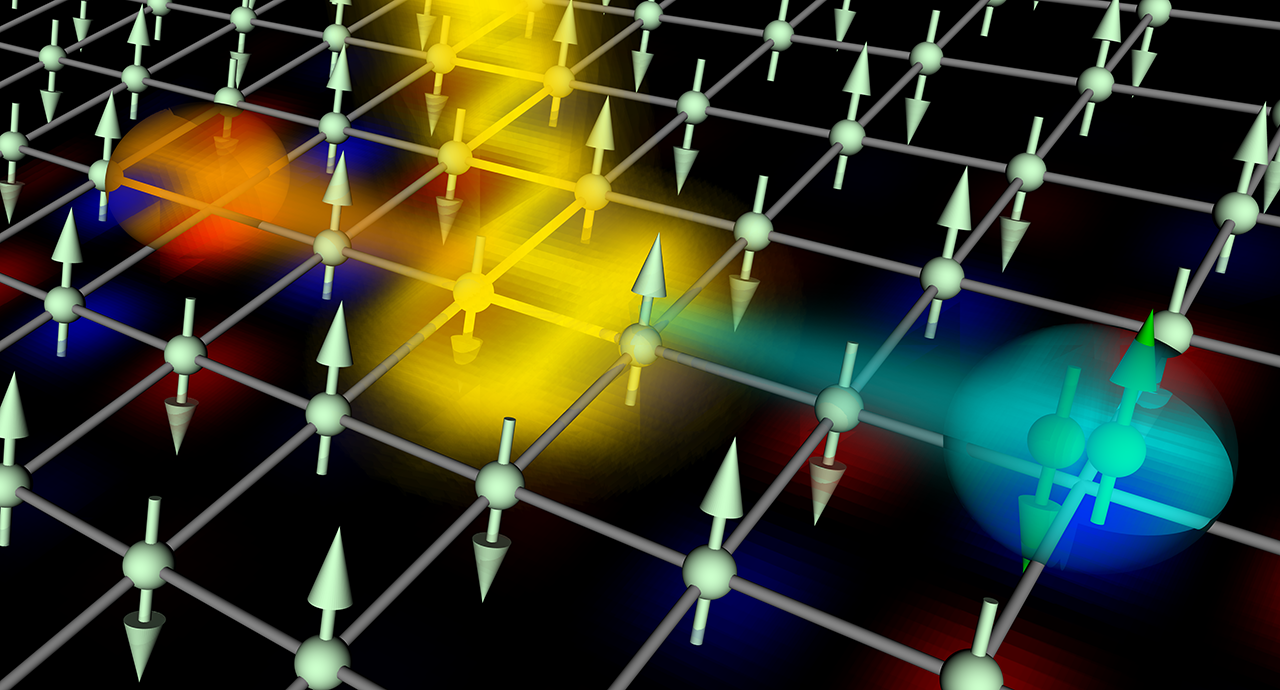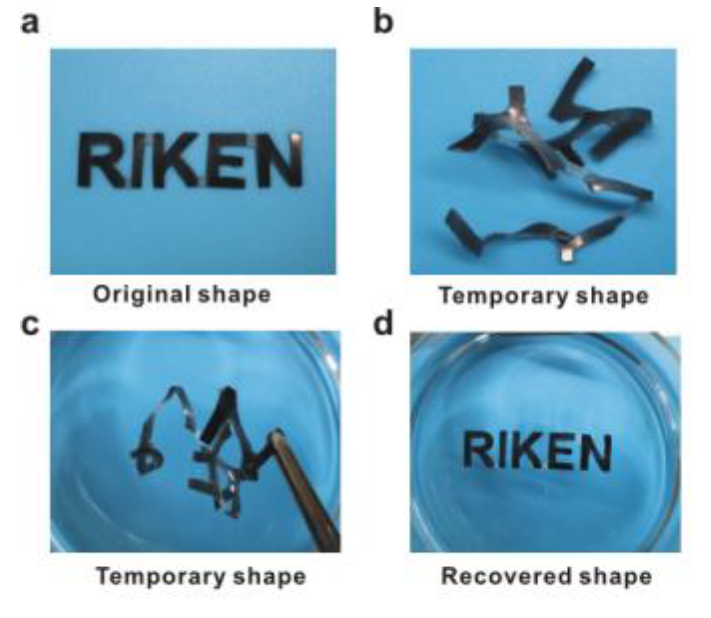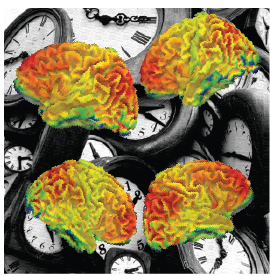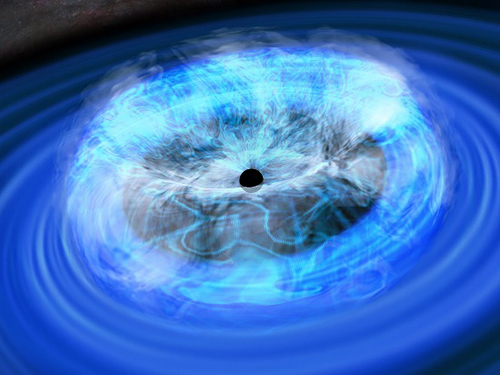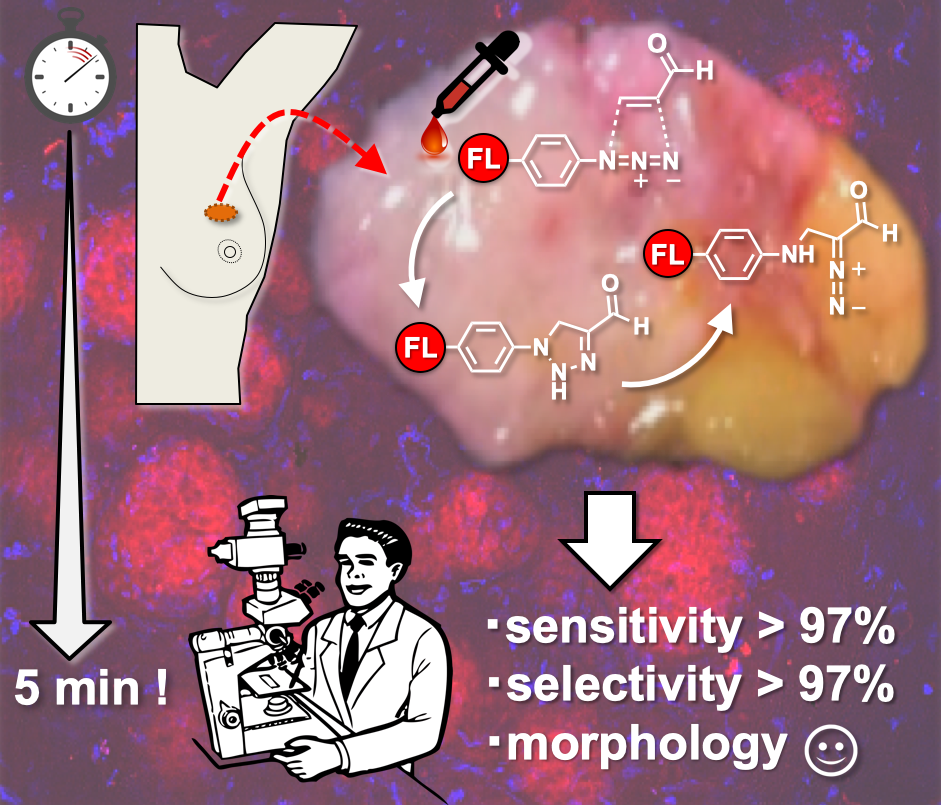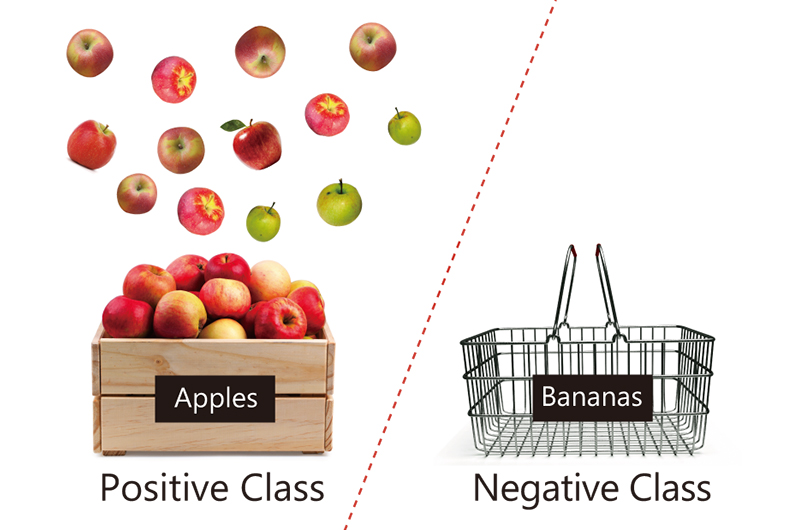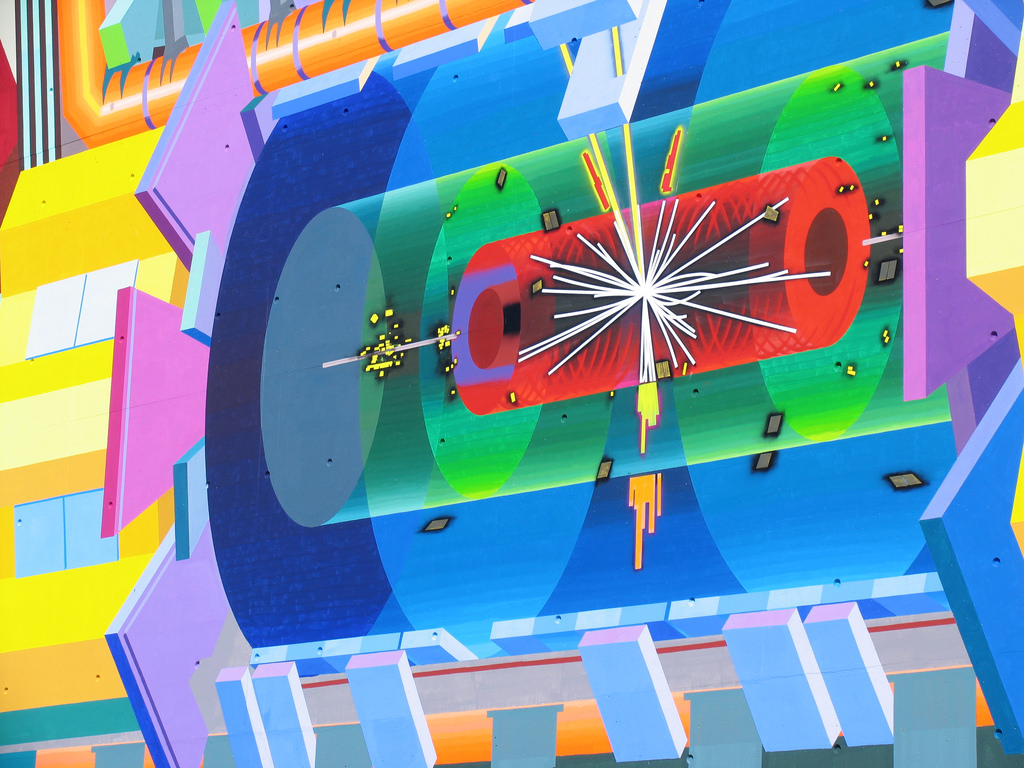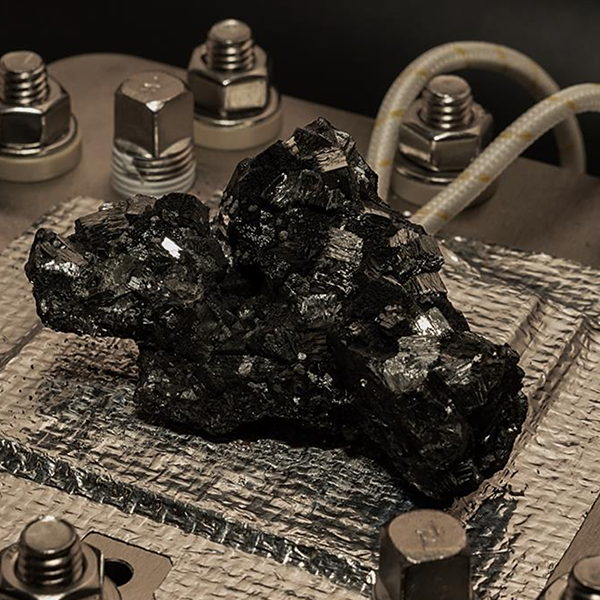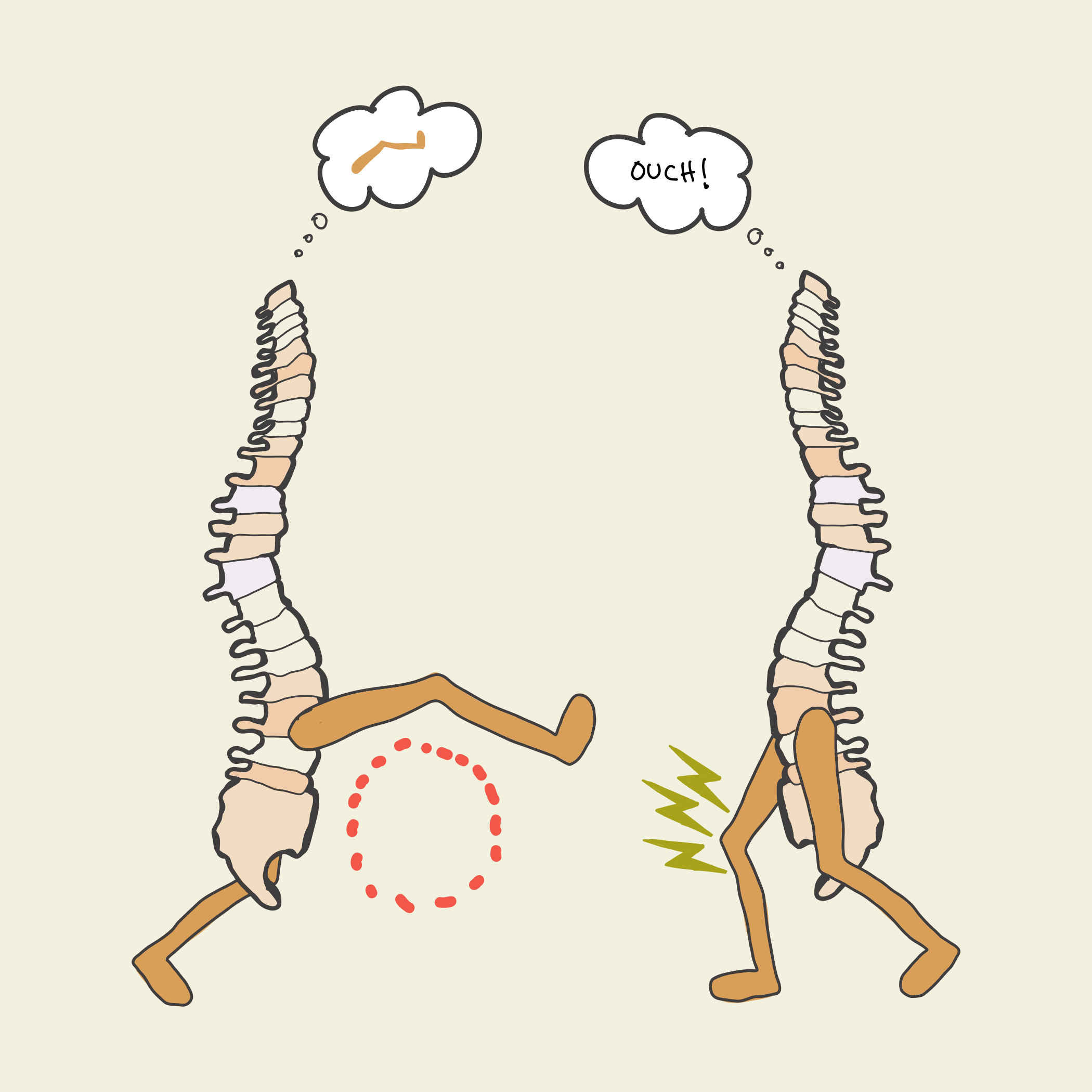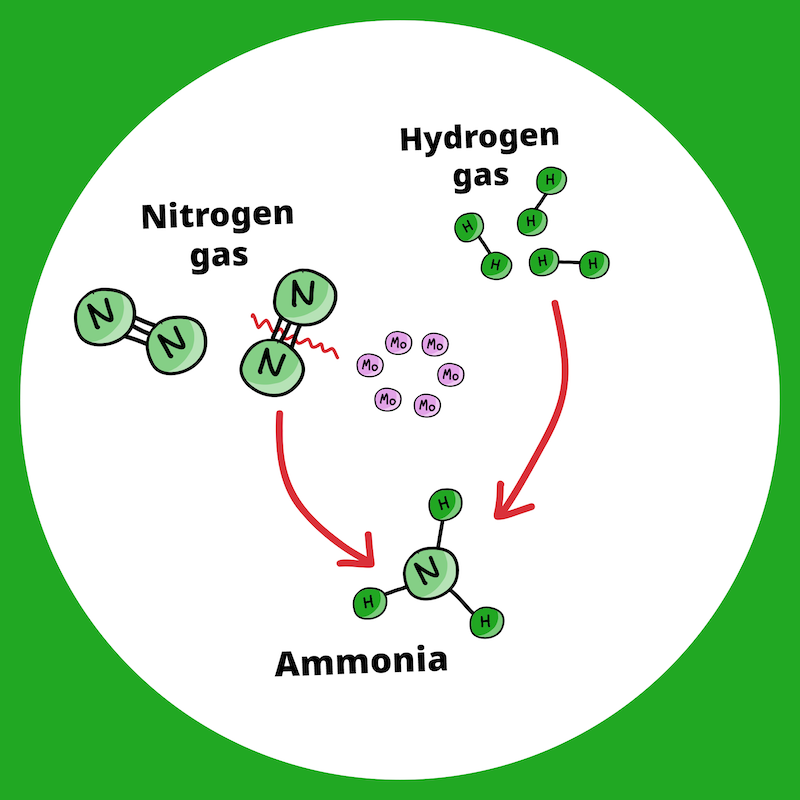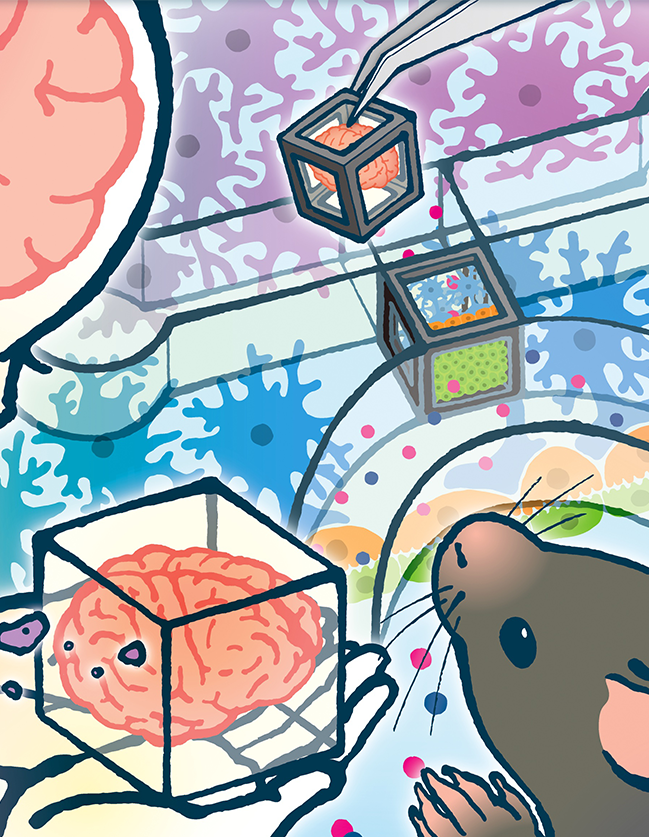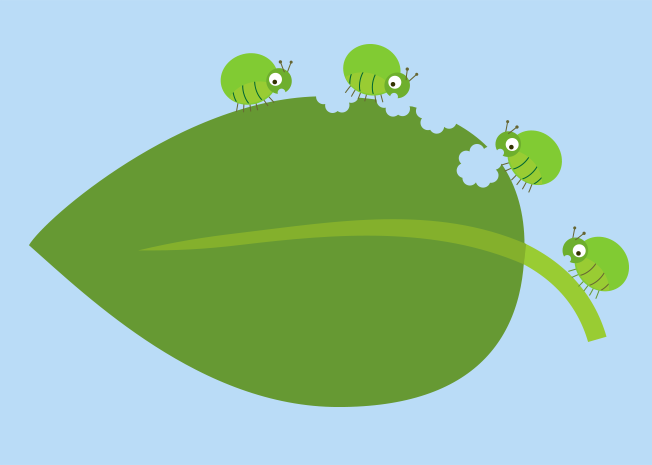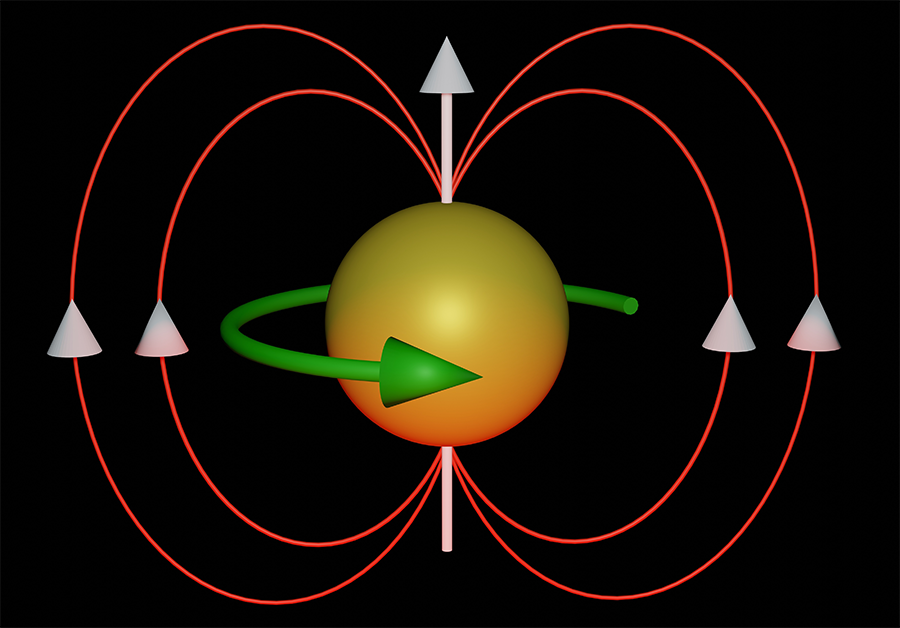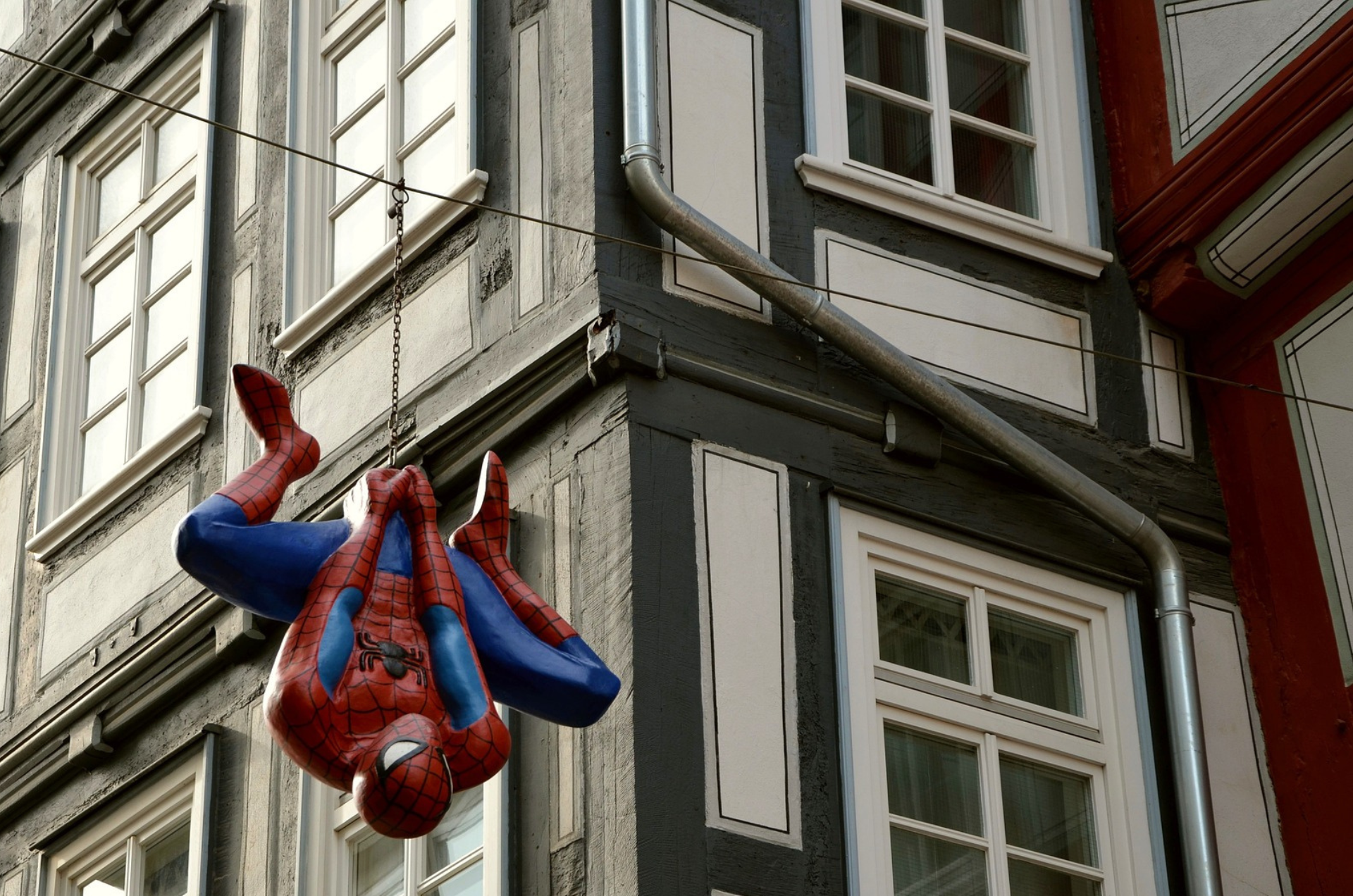Latest research animations
Self-assembly of spider silk
This gut microbe might protect against diabetes and reduce insulin resistance
NEW: One-way hydrogel guides motion of tiny worms!
Latest Posts
Ultraprecise clocks and the Tokyo Skytree verify Einstein’s theory of relativity
Low-protein diet changes sperm and health of future offspring
Physiological origami and proper body development in flies
Efficient and durable ultra-thin solar cells
Tape and vermilion: ingredients for mapping artifact origins
Are you “at risk” of being a habitual coffee drinker?
Astrocytes powered by norepinephrine during fear-memory formation
Brain wave synchrony can predict memory age
AI identifies features associated with cancer recurrence
Longevity in supercentenarians linked to cytotoxic T-cells
Schizophrenia biomarker (hydrogen sulfide) in human hair
Brain tissue kept alive for weeks with new microfluidic device
Massive filaments, galaxies, and supermassive black holes
Understanding non-coding DNA: gene “enhancers”
Mini-EUSO launched to the International Space Station ?
Implantable blastocyst‐like cysts grown from stem cells
Talking science Illustration with Misaki Ouchida
Cyborg microchip valve driven by earthworm muscle
Eating a high fat diet without getting obese?
New metalloenzyme system selectively targets cancer cells
Boosting betaine may be a treatment for schizophrenia
Gray matter volume links symptoms in autism
New mechanism allows lower energy requirement for OLED displays
CAPON links Alzheimer’s plaques to neurodegeneration
AdR blockers protect the brain from stroke damage
Trigger region found for epileptic absence seizures
Opto-OISI: imaging connections in the living brain
Flies smell through a gore-tex system
Protein pileup affects social behavior through altered brain signaling
The joys of computational mass spectrometry
Pulses of light can enhance superconductivity
Scientists create new type of self-healing material
Brain clock ticks differently in autism
Supermassive black holes still dark and mysterious
Evolution of the inner ear: insights from jawless fish
Tumor detection during breast cancer surgery
Smarter AI: machine learning without negative data
Nerdnite recap: When the brainbow met the boson
Mutations, CRISPR, and spinocerebellar ataxia
Stable green hydrogen production in a PEM electrolyzer
Brainless memory makes the spinal cord smarter than previously thought
Eco-friendly ammonia production for fertilizers and alternative fuel
Cubes of brain tissue allow drug discovery without animals
Gut bacteria could help overcome milk allergy
Detecting pathogens: the evolution of plant immunity
Genomic “butterfly effect” involving TADs explains risk for autism
Heat used to transform antiskyrmions to skyrmions and back
Real webshooters? Synthetic spider silk spun from artificial gland
Aug
7

Dopamine reduces beta-amyloid plaques in Alzheimer’s disease
Increasing dopamine in the brains of AD model mice led to increased neprilysin, which broke down amyloid-beta plaques and improved memory.
Jul
8

RIKEN discovers new T cells related to immune disorders
Immune-related diseases like multiple sclerosis associated with genetic variation in newly discovered, rare T cells.
Jul
2

Will the “love hormone” ever be used to treat a rare genetic disease?
One of the pitfalls of researching an extremely rare disease: getting enough data to support clinical trials could be impossible.
Jun
27
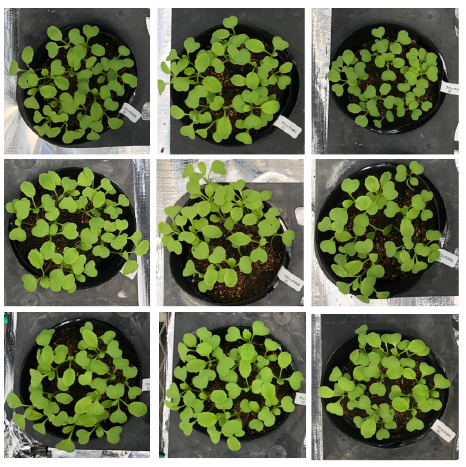
Purple biomass makes a good crop fertilizer
Biomass made from purple marine bacteria provides more than enough nitrogen to plants without harming the environment
Jun
20
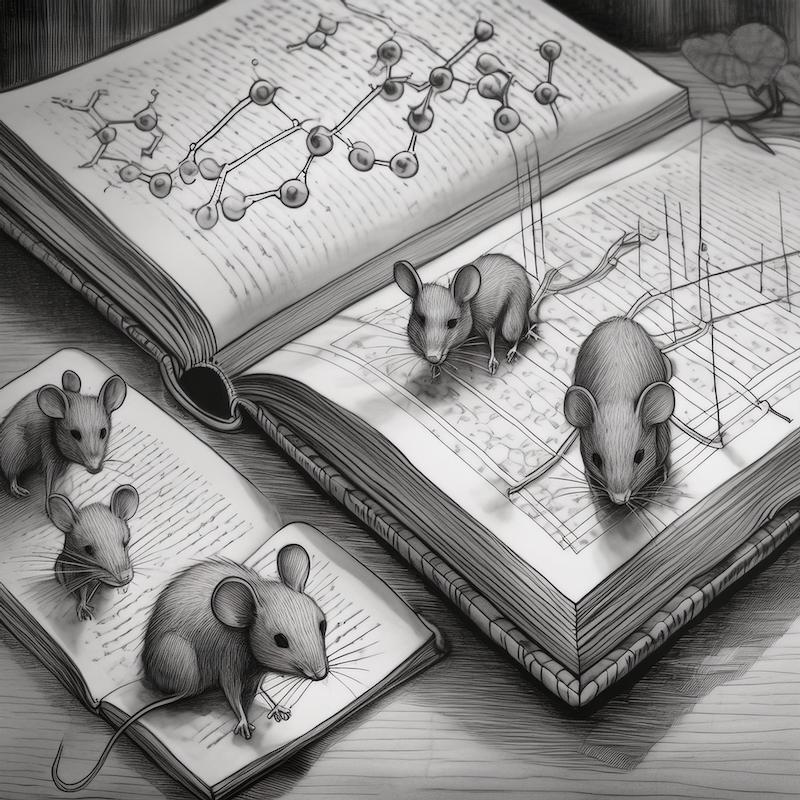
Atlas of the aging lipidome highlights kidneys and gut bacteria
The atlas revealed sex differences in the aging kidney lipidome and lipid byproducts of gut bacteria that accumulate throughout the body.
May
22
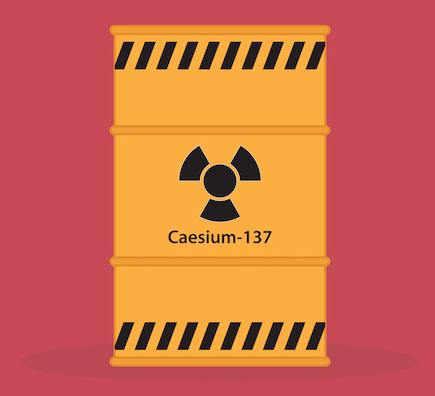
Root growth improved in soil contaminated with cesium
Overactivating the ABA signaling pathway in plants prevented cesium in soil from blocking root growth in plants.


